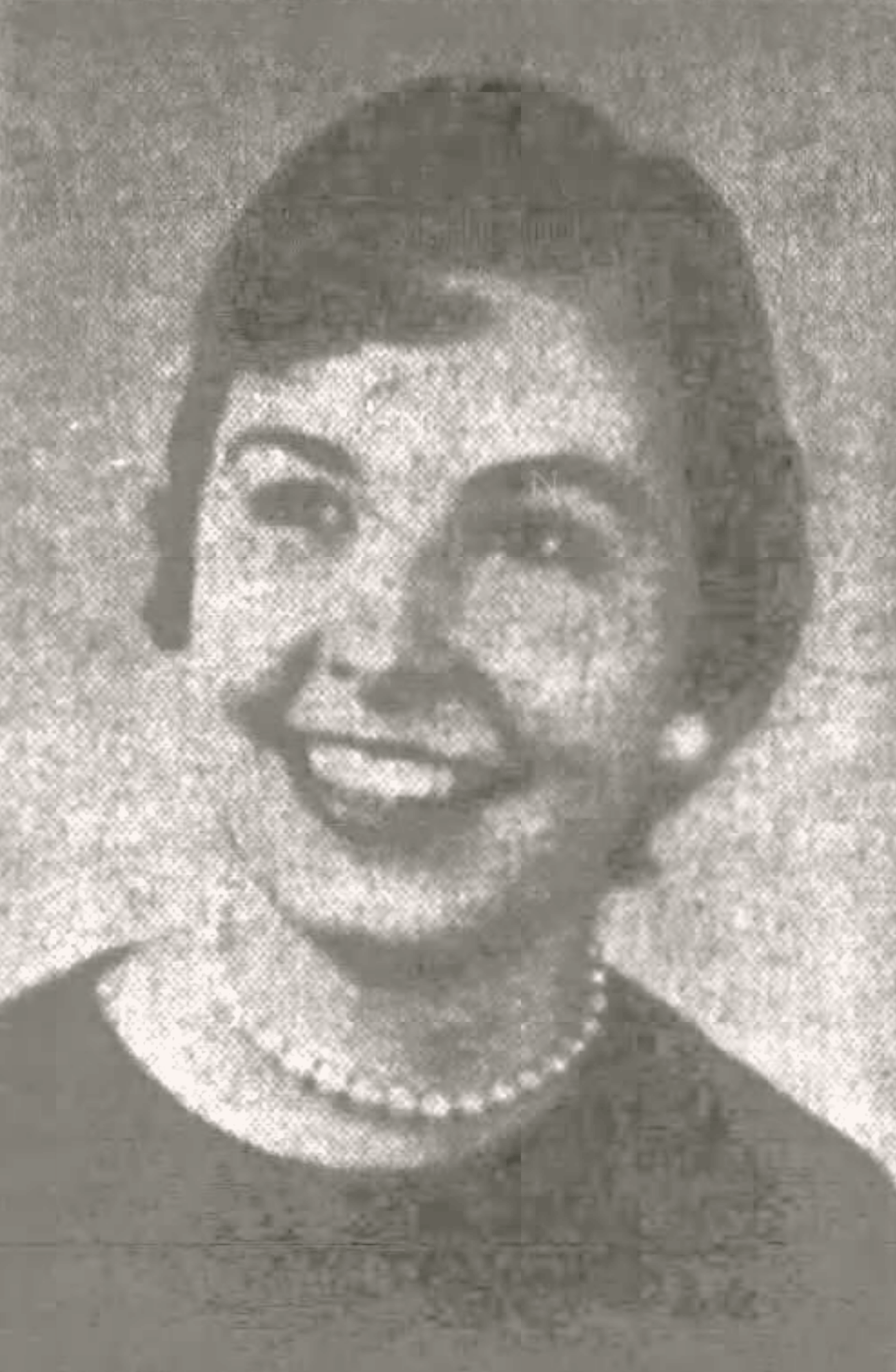As a public school teacher for over four decades (just retired), and now draping myself bulkily into an upholstered capsule, the thoughts of writing a short article about school teaching as a career is rather baffling.
Incidentally, there have been a lot of changes in this teaching business since the giddy and exotic Twenties when Fatty Arbuckle and Mabel Normand were the inspiration of the then juvenile delinquents.
Too, then, the dazzling Valentino was the pinnacle of female infatuation and the flaming Clara Bow was the “IT” of all the male juveniles.
Now, of course, I could camouflage this teaching career with a splatter of educational jargon, spiced with some quibbling semantics. It might be a better and more conventional therapy for you youngsters that should accept teaching as a career.
Obviously, by this time, you should be saturated with the vice, violence, and vulgarity that you get on your TVs. You’d better wander back into the monotony of virtue, veneration and the verities and you don’t need bulging horn-rimmed glasses to see through this.
Maybe in the early Twenties we did have too many Mrs. Grundys and too few Mr. Micawbers on the educational firing line, but changes are inevitable.
If you contemporaries are seeking glamor and glory instead of grammar and grace, you’d better dodge the pedagogical arena.
Many of you moderns have been maturing in the shallow, but glittering filigree of neon-lighted “joints” and all of you know more about the facts of life than you teachers. So I should apologize instead of advise you about a teaching career.
Old Casey (me) has finally struck out, but I wish I could go back to bat again. Paradoxically, I suspect there is a lot of joy in Mudville, however, for Old Casey could easily remind this present generation of “delinquents” about their parental “delinquents” of the ‘20s and ‘30s.
Just to list a VERY FEW there were Mayor Will; Sheriff Buchanan; Chief Gott; Councilman Miller, Beach, and Billings; Drs. Makovsky, White, and the DeGrazias; Attys. Chester, Douglas, and Nixon; Bankers Hildreth, Stephens, and Durand; Insurance Agents Sievers, Bartholomew, and Nuppnau; Federal Servicemen Linholm, Lembke, and Doud; Car Agents Marimon, Lightcap and Stanton; “Feeder” Wellman, Take and Merrill; academic Luminaries Miss Joanne Phillips, Swarner, Buffington; Merchants Lowenstine, Linkimer, and Salberg; and Pedagogues Phillips, Crisman, and Ellis
Then there were Col Dy, Maj. Williamson, and Chaplain Justice. And too, there was that courtesy winner, policeman (pardon me, captain), Black, who handcuffed me as a driving delinquent and scuttled me up before His Honor, Judge Ruge, the shyest student in all that decade of classes. Here I copiously apologized to both for goose-stepping them into those omniscient final exams of their school days.
Then there was that “delinquent” Bartholomew, who “ambulanced” me to the hospital where a covey of those “angels of mercy: gleefully exclaimed, “just what we’ve been waiting for”. Here I had to explain to them why I was late, but they graciously pardoned me as a pedagogical “delinquent.”
If the editor weren’t throttling me, I’d list another column of names. That list was just a sampling of the successful “delinquents” that are now holding positions of trust and responsibility and this is all so typical over these United States.
Yes, these “boys” and “girls” are skilled in the democratic procedures, and in creating and guiding this age of technological plenty.
A long time ago, I recall that lasting impression of my uncle as he stood on the spacious porch of his huge country home, late one summer evening looking over the undulating waves of golden wheat, the verdant crop of corn beginning to tassel, and the fat and healthy stock grazing on the luscious pasture lands. His was an etching of pride and joy in successful attainment that had come about as a result of planning, experimentation, effort and thought.
So, my prospective teaching neophytes, we, (“us” retirees), who have had just a small part in this abundant harvest of youth in our community, experience the intangible contentment which comes over us as we see the constant emergence of these successful “delinquents”. Now, you go forth, sow the deed, cultivate the crop, nourish the wavering, and your harvest will be beyond verbal description.
These fine folks and the many others like them, are the trademarks of our profession and “us” retired teachers are more than pleased because we had just a little to do with guiding them. We recommend to you present day “delinquents” to give some thought to school teaching as a career. It is the cause for precious rejoicing.








